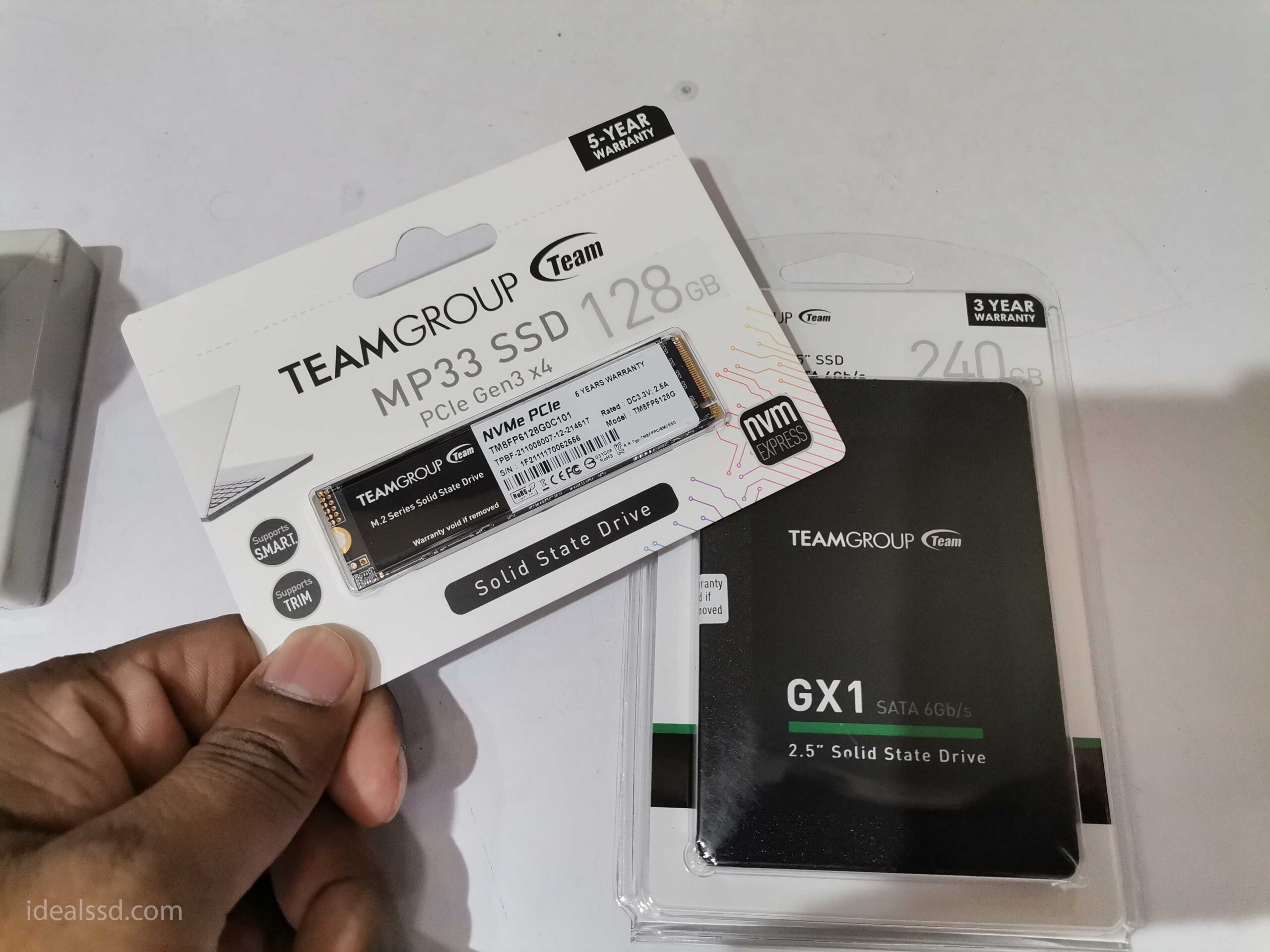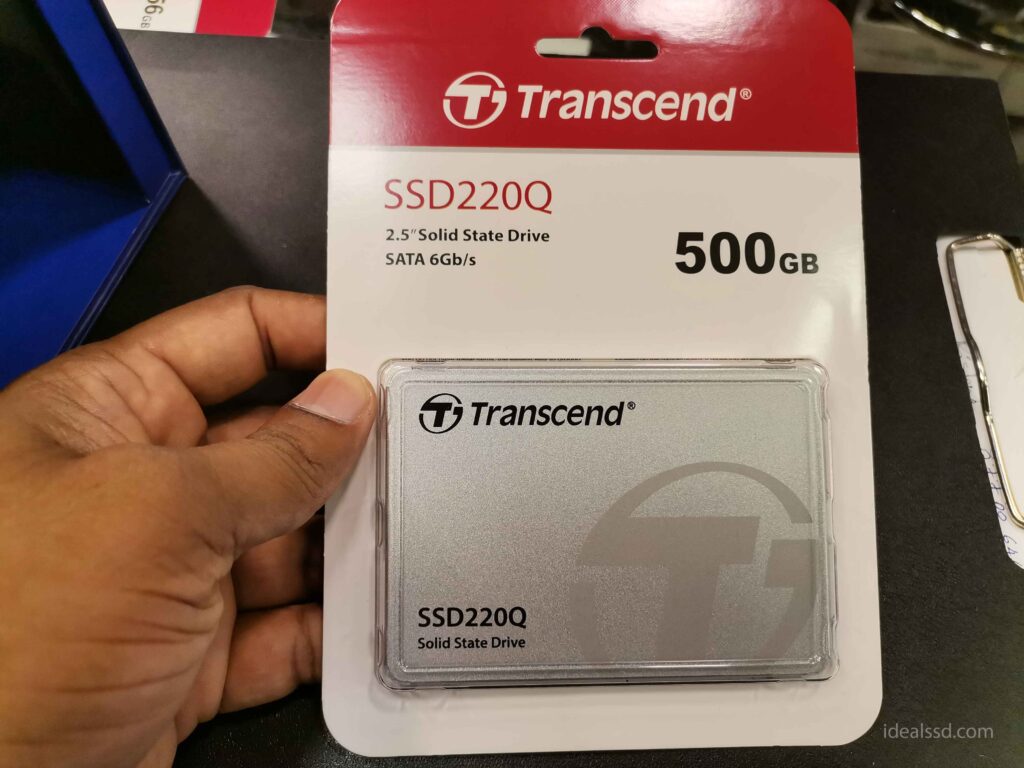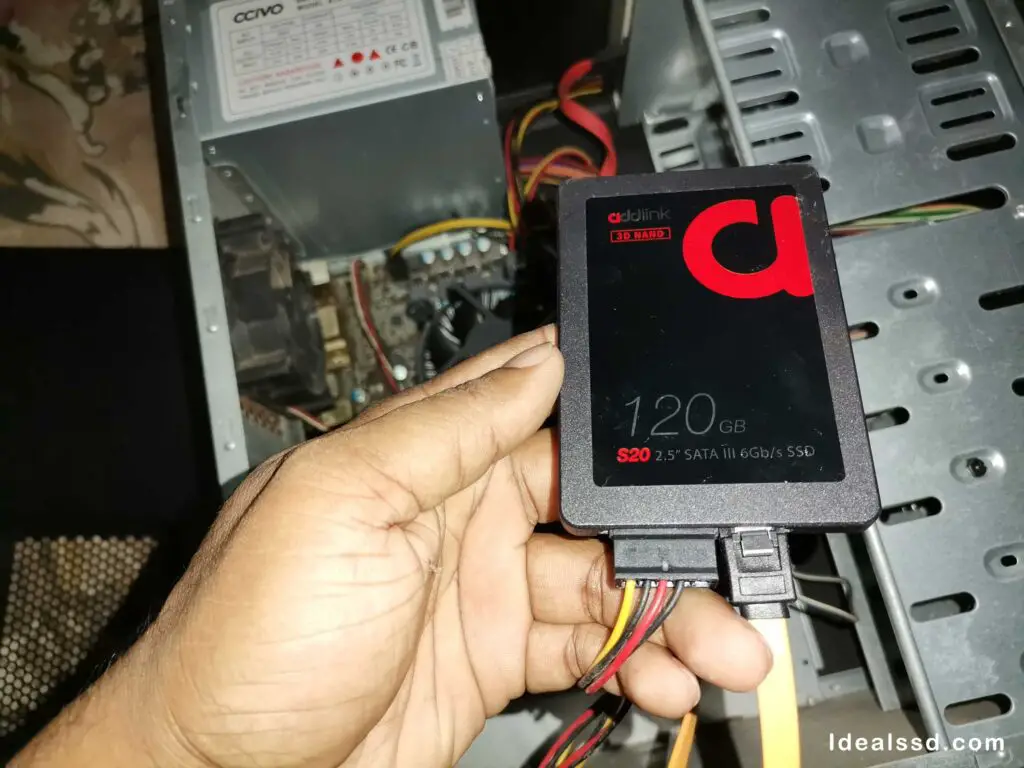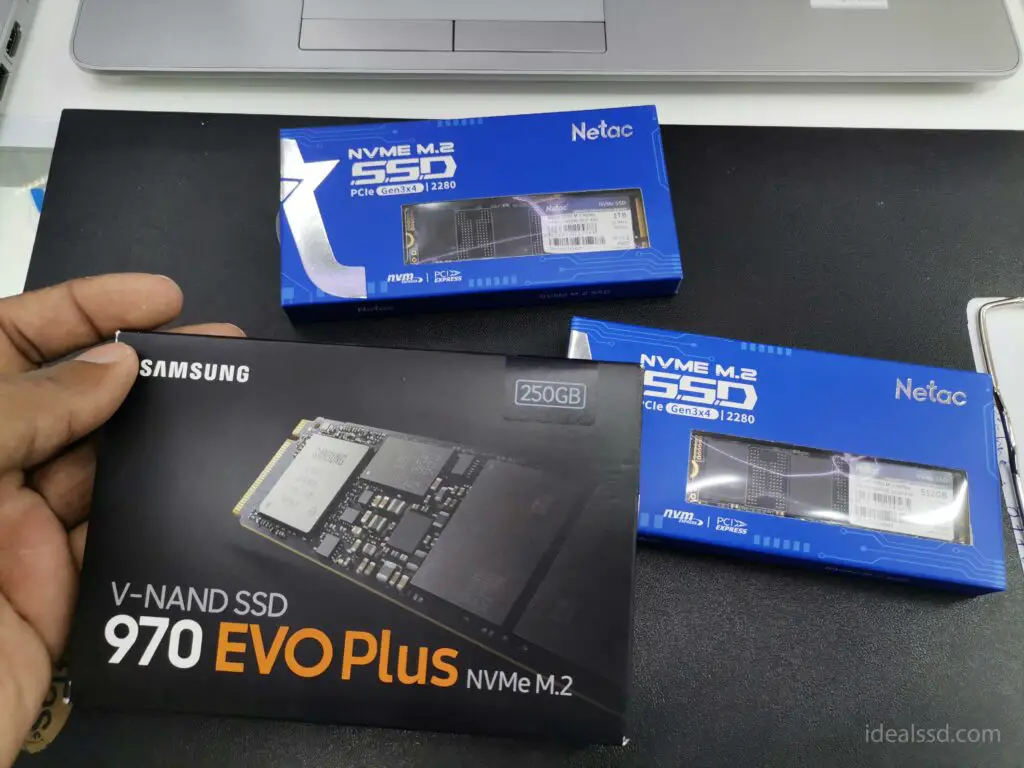Which SSD is More Durable: SATA or NVME?

When it comes to computer hardware, there are a lot of choices to make. One of the most critical decisions is what type of SSD to buy. SATA and NVMe are two of the most popular options, but which one is more durable? In this article, I will compare the two types of SSDs and determine which one is more likely to last longer.
So before we talk about the durability of SATA and NVMe SSDs, let’s first talk about what they are. SATA is the most common type of SSD, which has been around for a long time. NVME is a newer technology that is becoming more popular. Both types of SSDs use NAND flash memory to store data. From that note, let’s go deeper.
What Is a SATA SSD?

A SATA SSD is a type of solid-state drive (SSD) that uses the Serial ATA (SATA) interface for data transfer. Solid-state drives are different from traditional hard drives because they have no moving parts. This means that they are much more resistant to shock and vibration, and they can also operate at higher speeds.
SATA SSDs are available in various form factors, including 2.5-inch drives and M.2 drives. They typically have a capacity of up to 8TB or less. SATA SSDs are often used in laptops and desktop computers as a primary storage device or servers as a boot or data volume.

SATA SSDs have read/write speeds that are significantly faster than those of hard drives, but they are not as fast as their NVMe counterparts. SATA SSDs typically have a maximum read speed of 550MB/s, and a maximum writes speed of 520MB/s. I personally recommend WD Blue SATA (Check on Amazon) and Samsung 870 EVO brands.
Recommended Reading :
What Is an NVME SSD?

An NVMe SSD is a type of solid-state drive that uses the NVMe protocol for data transfer. NVMe, which stands for Non-Volatile Memory Express, is a high-performance interface specifically designed for SSDs. Compared to older protocols like SATA, NVMe offers several advantages, including
- lower latency,
- higher bandwidth,
- improved scalability.
As a result, NVMe SSDs are often much faster than traditional SSDs, making them ideal for applications that require high performance. Additionally, NVMe SSDs are often more reliable and energy-efficient than their predecessors.
NVMe drives are typically used in enterprise servers and high-end gaming laptops as primary storage devices. These drives have higher read/write speeds than SATA SSDs, with some models like WD Black SN850 NVMe (Check on Amazon) offering faster read/write speeds up to 7000/5300MB/s. Seagate FireCuda 530 also comes with speeds up to 7300MB/s
Recommended Reading :
Which SSD Is More Durable, SATA or NVME?
So now you know that SATA and NVME are different interfaces that offer different speeds. But the SSD interface doesn’t have an effect when it comes to longevity.
The key factor in determining the longevity of an SSD is the drive’s TBW (terabytes written) rating. This rating indicates how much data the drive can safely store over its lifespan. The higher the TBW rating, the longer the drive will last. Therefore, when shopping for an SSD, check the TBW rating rather than simply assuming that a higher-priced NVMe drive will last longer than a cheaper SATA drive. Refer Why Does TBW Matter in SSDs?
Another factor is the type of NAND Flash memory used. SLC (Single Level Cell) Flash is the longest lasting, followed by MLC (Multi-Level Cell), TLC (Triple Level Cell), and QLC (Quad Level Cell).
The main difference between these types of Flash is the number of bits stored per cell. SLC can store 1 bit per cell, MLC can store 2 bits per cell, and so on. This means that more data can be stored in less space with MLC and TLC, but this also comes at a cost. MLC and TLC are more susceptible to wear and tear, which leads to a shorter lifespan.
QLC is the newest type of Flash memory and offers the highest storage density. However, it also has the shortest NAND Flash type lifespan. Refer Samsung EVO vs QVO SSD: Which One is the Best for You? to get an in-depth idea about types of NAND flash memories.
But don’t get too much hung up on these TBW and types of NAND because for most users, any SSD will last much longer than the traditional HDD.
For e.g. if you take an NVME SSD like Samsung 980 PRO 1TB, which comes with a 600 TBW rating, that means you can write 1TB of DATA to it every day for the next 600 days before it runs into any issues.
That’s a lot of data, even for power users, and even if you are writing that much data daily, by the time the SSD fails, the NVME interface will be long outdated, and you would have probably switched to some other storage option. This is even true for SLC, MLC stuff.
So, the above factors can be checked when you buy an SSD, but in the end, it comes down to how you use it. So let’s see some factors which affect the lifespan of your SSD :
What Affects SSD Lifespan?
How Often Do You Use It?
This is because SSDs have a limited number of write cycles and the NAND chips inside them are subject to wear and tear. As a result, if you are constantly writing and rewriting files on your SSD, it will eventually slow down and even fail altogether. Refer What Does SSD Wear Level Mean?
Operating Temperature
Just like any other electronic device, an SSD can be affected by heat. If the chips inside an SSD get too hot, it can cause the NAND chips to degrade more quickly. As a result, proper cooling is essential for maintaining the long-term health of an SSD.
There are two main ways to ensure an SSD stays cool:
- Using a dedicated cooler
- Installing it in a well-ventilated case.
A dedicated SSD cooler consists of a small fan that blows air directly onto the SSD, helping to keep the chips at a safe temperature. If you don’t want to use a dedicated cooler, you can also make sure your SSD is properly ventilated by installing it in a case with good airflow.
SSD has an ideal operating temperature between 32°F and 158°F (0°C and 70°C). Refer Safe Operating Temperature For SSD.
Wide temperature SSDs are another type of SSD that can function at temperatures ranging from -40°C to 85°C. Refer What Is a Wide Temperature SSD? (Industrial Grade SSD)
The Type of Data You Store
Any data type can cause wear and tear on an SSD over time, but some types are more likely to do so than others. Video files, for example, tend to be large and are often read from and written too frequently. This can add up to a lot of wear over time.
Similarly, data constantly being accessed and rewritten, such as system logs or temp files, can cause significant wear and tear. Ultimately, the amount of wear and tear an SSD experiences will depend on its use.
How You Handle Your Drive
Drops and physical shocks can damage the internal components of an SSD and lead to data loss or corruption. So be careful with your drive! If you drop your laptop, the impact can dislodge or break the connections between the NAND flash chips and the controller.
This can cause data corruption and make the drive unusable. Water can also cause damage to SSDs. If you drop your drive in water, the water can short out the circuitry and damage the controller. Again, this can lead to data loss or corruption. So if you have an SSD, handle it with care!
Recommended reading :
How You Care for Your Drive
Like any other electronic device, an SSD (solid state drive) needs to be properly cared for to function its best. This means keeping it clean and dust-free and ensuring the connectors are corrosion-free.

Your Computer’s Configuration
However, they can still be affected by the way they’re used. For example, if an SSD is part of a RAID array, the data on the drive will be accessed more often than if it was the only drive in the system. This increased activity can shorten the life of your SSD.
For those who are unfamiliar with RAID, RAID is a method of storing the same data in different locations on multiple hard disk drives (HDD) or solid-state drives (SSD) to protect data in the event of a drive failure. The data is typically stored in a mirrored configuration, meaning each piece of data is written to two different drives. If one drive fails, the other driver can still be used to access the data.
RAID can also be used to improve performance by storing data on multiple drives that can be accessed simultaneously. RAID is commonly used in servers, high-end computers, and home computers. There are many different RAID configurations, and the configuration choice depends on the user’s needs.
The Quality of the Drive
Not all drives are created equal when it comes to Solid State Drives (SSDs). Some SSDs use higher-quality components and are more durable than others. WD, Crucial, Sabrent, and Samsung are all reputable brands that make high-quality SSDs. If you’re looking for an SSD that will last, buying from a reputable brand is essential. Refer Does SSD Brand Matter? 4 Reasons Why
One way to gauge an SSD’s durability is to look at the warranty period. Many manufacturers offer 3-5 year warranties on their SSDs. The longer the warranty, the more confident the manufacturer is in the quality of their product. These types of flash memory are more expensive, but they’re also more reliable and have a longer lifespan.
Final Thought
So now you know that you can’t simply tell who is going to last between SATA and NVME SSDs. It all depends on the type of data you store, how you handle your drive, and the quality of the drive. And as we’ve seen, a high-quality SSD can still last for many years even with increased activity or less than ideal conditions. So when making your decision, consider all of these factors! Thanks for reading
References
- Which SSD is more durable, SATA or Nvme? – https://www.reddit.com/r/buildapc/comments/weh2xr/which_ssd_is_more_durable_sata_or_nvme/
- https://www.quora.com/Which-one-is-more-durable-Sata-SSD-or-M-2-SSD

